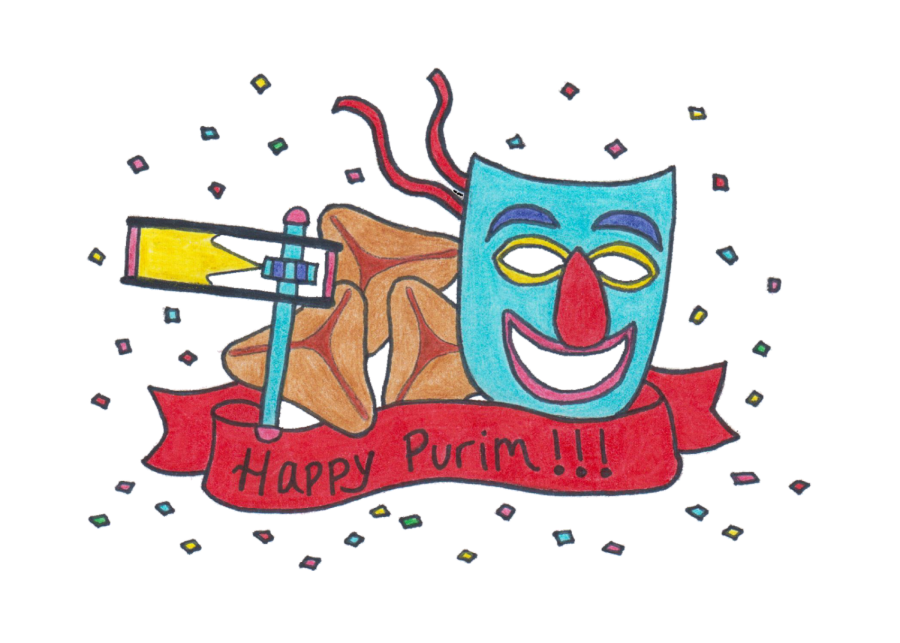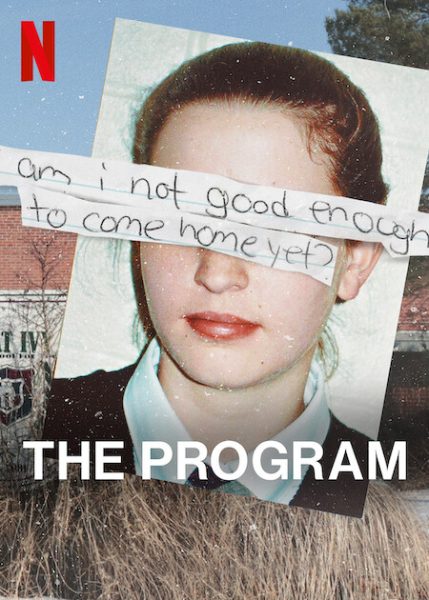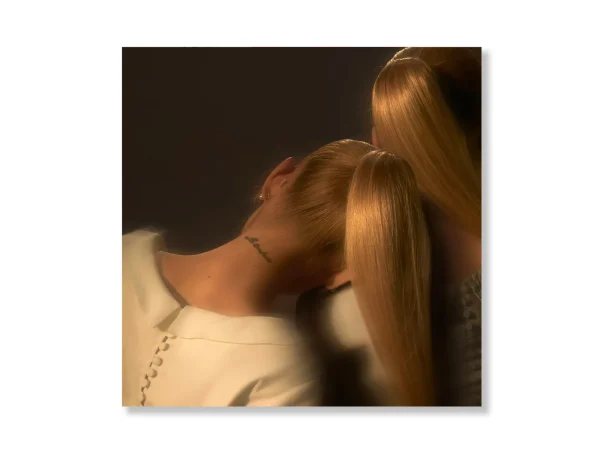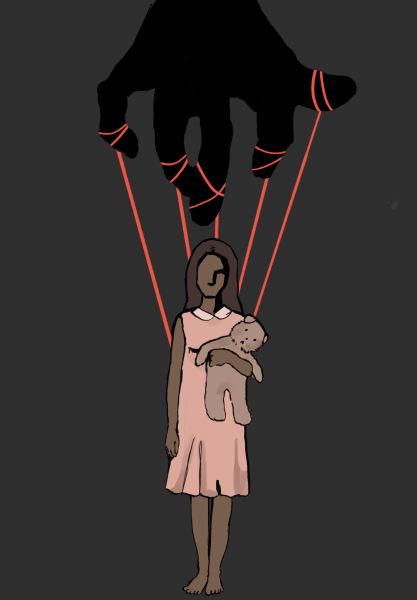Although less recognized, Purim represents a special and significant part of Jewish culture
For many non-Jewish students, knowledge of Jewish holidays may be limited to the ones that lead to days off, like Rosh Hashanah (the Jewish New Year) and Yom Kippur (the Day of Atonement) in early fall, or by Hanukkah — the holiday that Jewish people celebrate during the winter holiday season. Other holidays like Tu Bishvat (the festival of trees), Passover (a celebration of freedom) and Sukkot (a harvest festival), are not as widely recognized by those who do not celebrate them. This includes Purim, which falls on March 10 this year. For many Jews like me around the world, Purim is a significant holiday where we commemorate the heroism that saved Jewish people from persecution in the Persian Empire.
On Purim, it is a tradition that my family and I create triangular cookies called hamantaschen, which are filled with chocolate, jellies and fruits galore. We devour these together, and also give our yummy cookies to others who may not get to delight in their taste.
The hamantaschen, though a tasty cookie, has more significant meaning than being a delicious treat. The cookie represents the tricorn hat that Haman, the antagonist of the Purim story, wore. My Hebrew school teachers have said that the reason we eat a cookie that represents a villain is because biting the cookie proves defiance to Haman and thwarting his evil plans.
Purim holds a special place in my heart because of the memories I created during this holiday. It was at a Purim carnival where I got my first goldfish, a hallmark of growing up, some might say.
Now older, I work at a Purim carnival in Cherry Hill to provide others with fun memories and educate others about the holiday of Purim, and I hope others can share in the joy of Purim with me.

Max Gaffin is one of Eastside’s Editors In Chief for the 2021-2022 school and publication year. Gaffin participates in a number of activities, on top...











